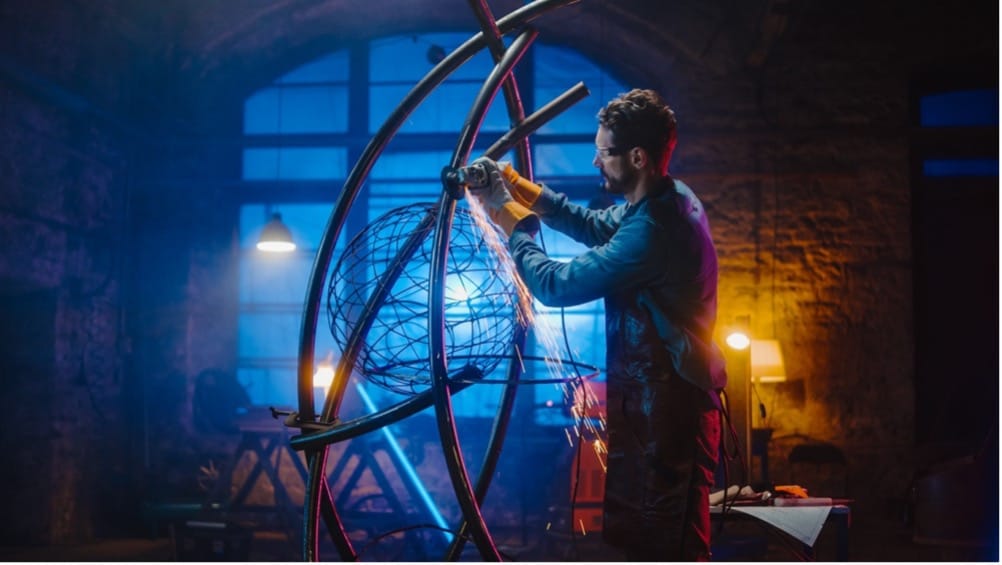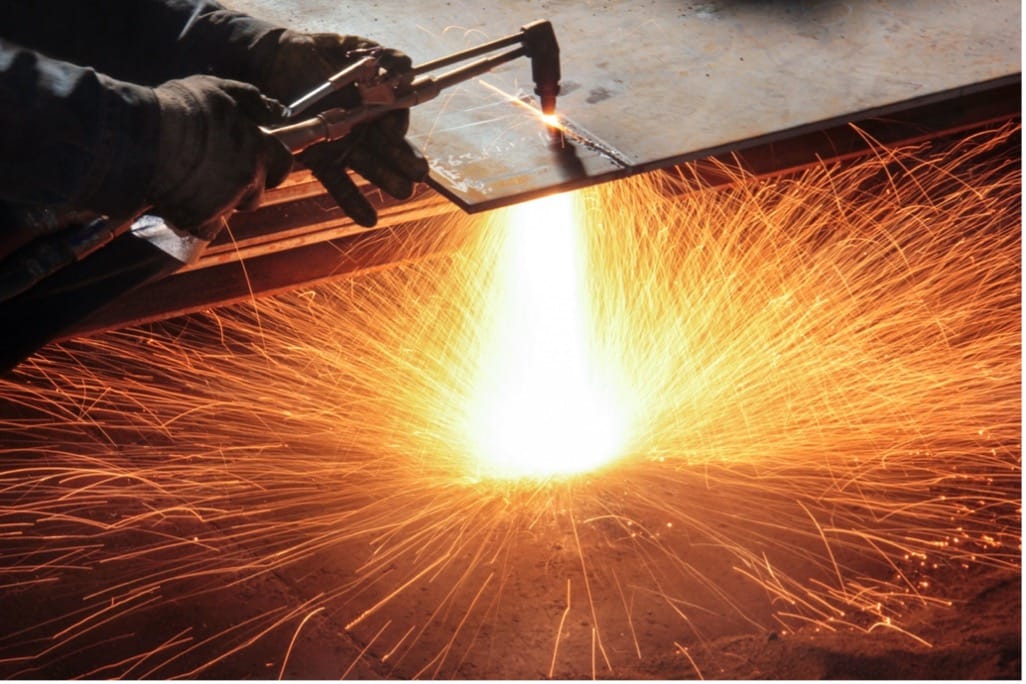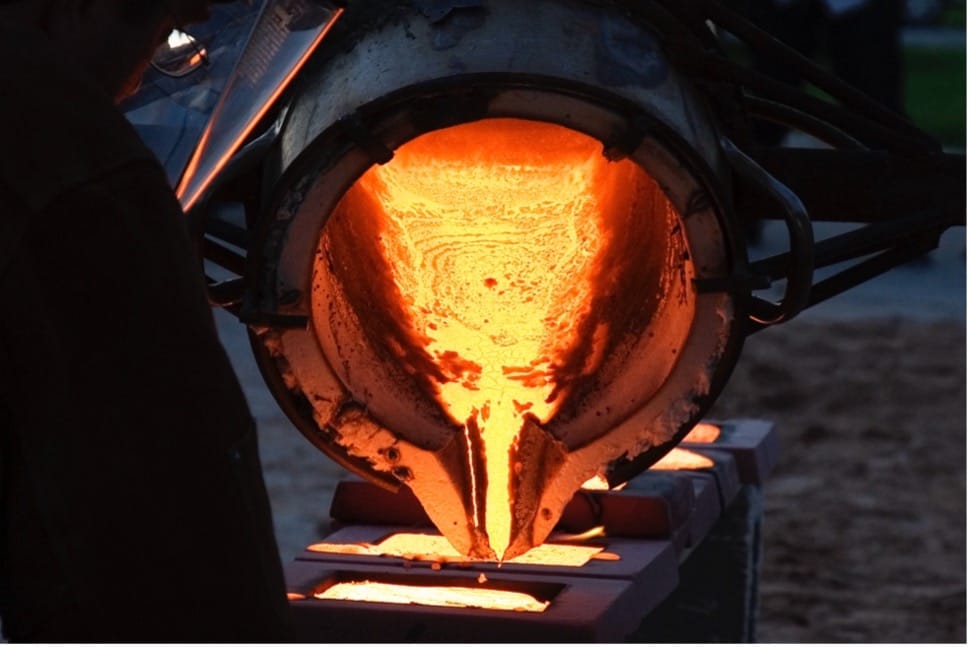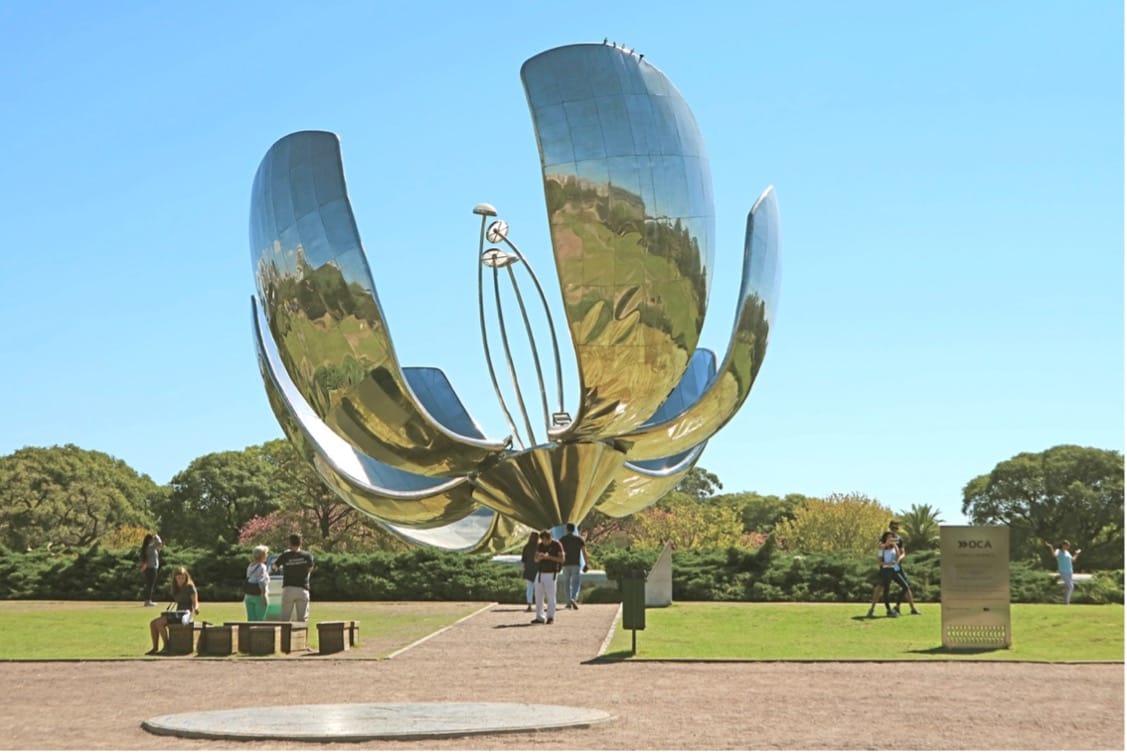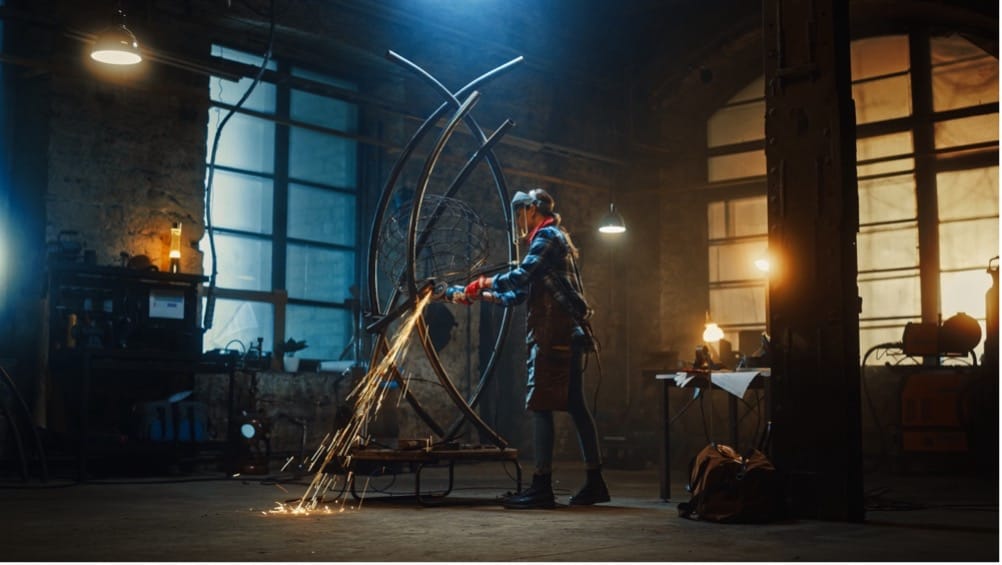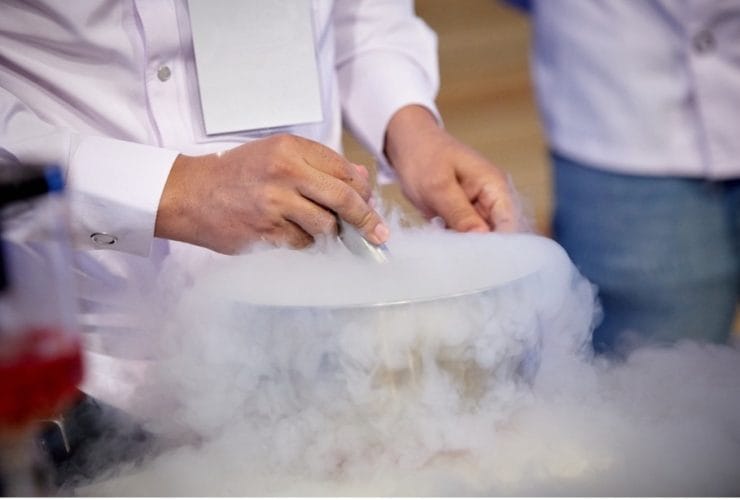Turning Metal into Artistic Sculptures with Oxy-Fuel Gas
When thinking about welding, most people imagine technical projects where the main driver is a practical purpose, such as repairing metal tables or chairs or building customised metal items. However, not many know that welding techniques are extremely useful in more creative applications.
Metal sculpting is an incredibly captivating art form that blends the harshness of metals and other industrial materials with the power of creative flair. Surprisingly, one of the key techniques in metal sculpting is oxy-fuel gas, an exceptional method that combines extreme engineering precision with artistic vision. But how does it work? In today’s blog, we will use our knowledge as bottle gas suppliers to answer this question and explore the central role of oxy-fuel in creating breathtaking metal sculptures.
The Precision Offered by Oxy-Fuel Cutting in Metal Sculpting
In metal sculpting, oxy-fuel gas takes centre stage in the process of precision cutting. This gas cutting is so effective because it uses a combination of oxygen and fuel gas, such as acetylene or propane gas, to produce an intense flame that reaches temperatures of up to 3400°C! Such extreme heat melts the metal while a stream of oxygen blows away the molten material, creating clean and precise cuts. It is easy to understand why artists who need to shape metal with extreme accuracy resort to this technique to turn raw metal sheets or blocks into intricate forms.
So, from large-scale installations to crafting delicate filigree or bold geometric shapes in smaller sculptures, the outstanding precision offered by oxy-fuel gas cutting opens up a world of possibilities and provides the foundation upon which metal sculptors build their artistic visions, transforming metal into works of unparalleled beauty.
Oxy-Fuel Welding: The Best Technique to Mould Metal
As we learned, thanks to oxy-fuel gas, welding is the glue that binds disparate pieces of metal together, allowing artists to mould and shape their creations with exceptional precision. Oxy-fuel gas welding is a subset of this process, and as we said, it leverages the intense heat generated by the oxy-fuel gas flame to join metal components. Unlike other welding techniques that rely on electricity or arc generation, such as MIG welding or TIG welding, oxy-fuel gas welding offers artists greater control over the temperature and direction of the heat, allowing them to manipulate the metal easily and effectively.
Thanks to its extreme versatility, this welding technique encourages artists to push their creative boundaries and experiment with a wide range of metal types and thicknesses, from thin sheets of aluminium to steel beams. Whether crafting complex, refined sculptures or gigantic, suggestive installations, the flexibility granted by oxy-fuel welding allows for the creation of unconventional artworks that blur the line between art and engineering.
Artistic Vision: From Concept to Creation in Metal Sculpting
So far, we have seen the technical side of metal sculpting, but at its core unquestionably lies the artist’s vision. How does the spark of inspiration ignite the creative process? Of course, it is different from artist to artist, so there can’t be a one-size-fits-all approach. For some artists, the process begins with a sketch or a small-scale model, a rough outline of the form they want to create. Others may prefer to work intuitively, allowing the metal itself to guide their hands as they shape and sculpt.
Regardless of the approach, the journey of transforming raw metal into a work of art is one of exciting exploration and discovery. To get to the final creation, the role of oxy-fuel gas is one of a kind; in fact, it serves as both the artist’s tool and medium to manipulate metal. It provides sculptors with the means to bring their visions and ideas to life, bridging the gap between imagination and expression. As the flames heat the metal and this bends to the artist’s will, a masterpiece takes shape.
Challenges and Opportunities in Metal Exploration
So far, we have discussed the “artsy aspect” of metal sculpting; now, it is time to delve into the types of metal that perform best and are most suitable for oxy-fuel gas welding. Each metal presents its own set of challenges and opportunities, originating a unique artistic process.
- Steel is a champion at strength and durability, but due to its hardness, it cannot easily be manipulated. Artists must employ extremely precise oxy-fuel gas cutting and welding techniques to shape this metal into their desired forms, often requiring a combination of patience and skills.
- Aluminium and copper are more malleable, allowing for greater flexibility and fluidity in design. However, they are not exempt from challenges, especially in terms of structural integrity and surface finish, requiring careful consideration and planning.
- Brass offers a warm, golden nuance that adds timeless beauty, richness, and depth to sculptures. It is also versatile and easy to manipulate. However, because of its softness, brass is more prone to dents and scratches.
- Titanium is incredibly strong yet lightweight, making it ideal for creating large-scale sculptures. It boasts a lustrous, reflective surface that plays with light in captivating ways, giving it unique aesthetics; on the flip side, it is notoriously difficult to work with due to its high melting point and tendency to react with other materials.
By experimenting with different metals and embracing each metal’s unique properties, artists get to expand their technical skills and artistic repertoire as well as create works that resonate on both a visual and tactile level.
When Tradition Meets Modern: The Place of Oxy-Fuel in Art
The intersection of tradition and modernity is a fertile ground for innovation and creativity. Here, oxy-fuel gas, while rooted in traditional industrial processes, has found a new home in contemporary metal sculpting, offering artists a valuable and versatile tool, as we saw. This blend of old and new, of craftsmanship and technology, gives rise to artworks that are both timeless and innovative.
Whether exploring themes of nature, technology, or human experience, oxy-fuel gas favours artistic expression, enabling artists to bring their ideas to life in bold, new ways. As the art world continues to evolve, oxy-fuel gas remains a great ally in encouraging the pursuit of artistic excellence.
Bring to Life Your Creative Visions with Bottle Gases
Do you want to take welding to the next level and give your creations more of an artistic purpose? Or are you an accomplished metal sculptor willing to push your artistic boundaries to new heights?
Whether you’re sculpting with brass to evoke warmth and tradition or working with the strength of titanium for a bold, futuristic statement, at Bottle Gases, we are ready to fuel your artistic journey.
With our oxy-fuel gas for cutting and welding, you will bring your creative visions to life with precision and passion. From the intricate details to sleek lines, our gases provide the right solution for a myriad of projects. Contact us to place your order or learn more about our products, and let us be your partner in turning metal into art.


